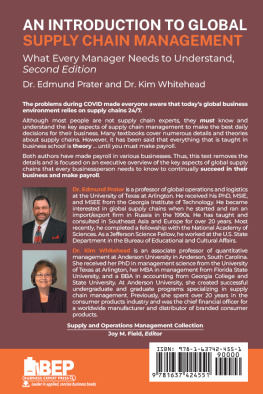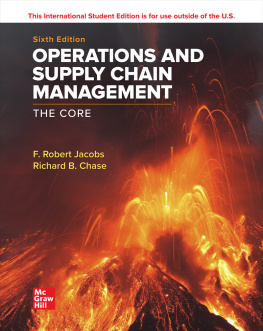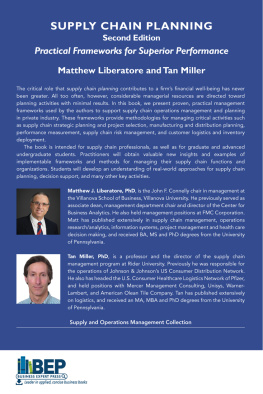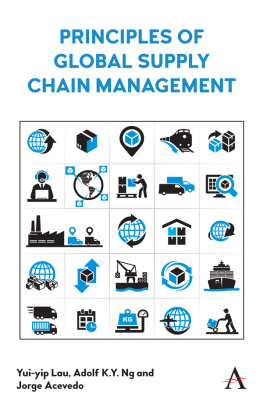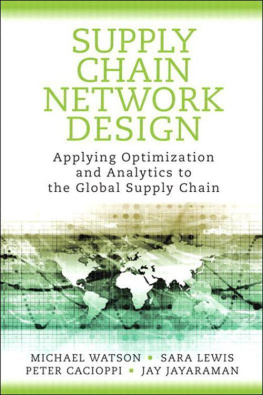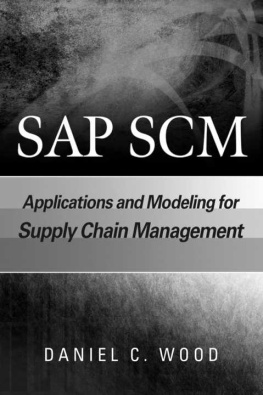GUIDE TO SUPPLY CHAIN MANAGEMENT
OTHER ECONOMIST BOOKS
Guide to Analysing Companies
Guide to Business Modelling
Guide to Business Planning
Guide to Economic Indicators
Guide to the European Union
Guide to Financial Management
Guide to Financial Markets
Guide to Investment Strategy
Guide to Management Ideas and Gurus
Guide to Organisation Design
Guide to Project Management
Numbers Guide
Style Guide
Book of Obituaries
Brands and Branding
Business Consulting
Business Miscellany
Coaching and Mentoring
Dealing with Financial Risk
Economics
Emerging Markets
The Future of Technology
Headhunters and How to Use Them
Mapping the Markets
Marketing
Successful Strategy Execution
The City
Directors: an AZ Guide
Economics: an AZ Guide
Investment: an AZ Guide
Negotiation: an AZ Guide
Pocket World in Figures

GUIDE TO SUPPLY CHAIN MANAGEMENT
David Jacoby

Guide to Supply Chain Management
David Jacoby
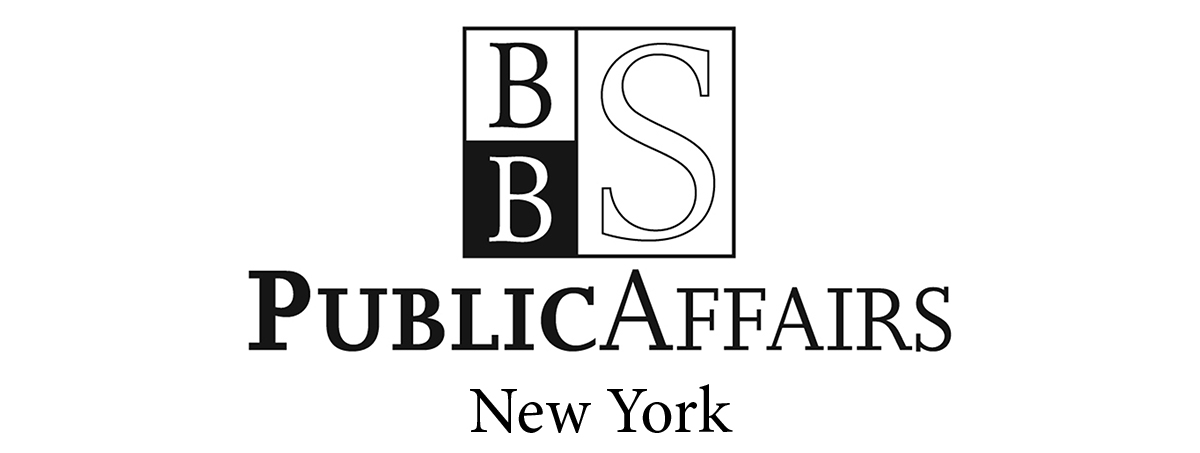
PublicAffairs
THE ECONOMIST IN ASSOCIATION WITH
PROFILE BOOKS LTD and PublicAffairs
Copyright The Economist Newspaper Ltd, 2009
First published in 2009 by Profile Books Ltd. in Great Britain.
Published in 2014 in the United States by PublicAffairs, a Member of the Perseus Books Group
All rights reserved.
publicaffairsbooks.com
No part of this book may be reproduced, stored in or introduced into a retrieval system, or transmitted, in any form or by any means (electronic, mechanical, photocopying, recording or otherwise), without the prior written permission of both the copyright owner and the publisher of this book, except in the case of brief quotations embodied in critical articles and reviews. For information, address PublicAffairs, 250 West 57th Street, 15th Floor, New York, NY 10107.
The greatest care has been taken in compiling this book. However, no responsibility can be accepted by the publishers or compilers for the accuracy of the information presented.Where opinion is expressed it is that of the author and does not necessarily coincide with the editorial views of The Economist Newspaper.
While every effort has been made to contact copyright-holders of material produced or cited in this book, in the case of those it has not been possible to contact successfully, the author and publishers will be glad to make amendments in further editions.
PublicAffairs books are available at special discounts for bulk purchases in the U.S. by corporations, institutions, and other organizations. For more information, please contact the Special Markets Department at the Perseus Books Group, 2300 Chestnut Street, Suite 200, Philadelphia, PA 19103, call (800) 810-4145, ext. 5000, or e-mail special.markets@perseusbooks.com.
Text copyright David Jacoby, 2009
Library of Congress Control Number: 2014932066
ISBN 978-1-61039-514-4 (EB)
First Edition
List of figures
Appendix
List of tables
Acknowledgements
I would like to thank the companies which have given permission for their experiences in supply chain management to be used in this book, including: American Honda, APL, APM Terminals, Atherton Trust, BASF, Beretta, BNSF, Boston Warehouse Trading Company, Brown Shoe, Cabur, Carolina Biological, Charles River Laboratories, CLP Power, Cochlear, CSX, CVS, Dana Farber, DB Schenker, Dreams, DSTS/Grupo CTT, FedEx, FMC, Fulham, Futuris Automotive, General Motors, Hasbro, IBM, Incyte Corporation, Interswitch, Iron Mountain, JDA Software, John Deere, Life Fitness, M&C Specialties Co, MacGregor, MTR Foods, Netflix, New York City Housing Authority (NYCHA), Nypro, Plaxo, Popular Telephony, Port Said, Qatar Fuel, Road Runner Sports, Royal Ahold, Royal Philips, Saudi Aramco, Savi Networks, Siemens, Stanley Works, Sydney Airport, Thoresen Thai Agencies Public Company, Tiffany & Co, Volvo China, Wikipedia and Wilhelmsen Ships Service. In addition, Alcoa, Cabot, Cabur, Galeries Lafayette, Georgia Pacific, Jabil Circuit, McDonalds, Nokia, PepsiCo and Qualcomm are some of the companies that contributed to white papers and briefings I have written for the Economist Intelligence Unit, on which this book draws.
I would also like to express my gratitude to a number of authors for allowing the reproduction of their charts, citations and examples, including: Lewis Dartnell, University College London; James Greene, Purdue University (who sadly passed away while the book was being written); Robert Handfield, North Carolina State University; Douglas Lambert, Ohio State University; Michael Maccoby, The Maccoby Group; John Mentzer, University of Tennessee; John Sterman and Stephen Miles, Massachusetts Institute of Technology (MIT); Charles Poirier, CSC; and Robert Rudzki (Greybeard). Thanks also to Janelle Heineke, Department of Operations Management, Boston University, and Jerry Wind, Wharton School, for their advice, clarifications and permissions.
Thanks are also owed to those at the following institutions for their contributions to the body of knowledge: APICS (the Association for Operations Management), the Institute for Supply Management, the Council of Supply Chain Management Professionals, the Supply Chain Council and the American Society for Transportation and Logistics. Several organisations have helped stimulate debate about important supply chain ideas through their conferences, and for this recognition is due to Transport Events, IQPC Worldwide and the International Air Transport Association (IATA).
Special thanks go to consultants at Boston Strategies International who supported my effort to write this book despite their already full workload. Fei Rong gathered and analysed numerous benchmarks; Matt Fixler analysed survey data; Erik Halbert and Luis Gondelles researched and organised case-study material; Betul Altintas, Rob Casper, Bruna Figueiredo, Katy Weener and Patrick Yang provided much appreciated encouragement.
Finally, Jessica, Weston, Brent, Camille and my extended family deserve enormous credit for their tireless patience, understanding and support of this and other projects that compete for my time.
If you have suggestions for improvements to future editions of this guide, please send them to me at .
Introduction
T he term supply chain management (SCM) entered the public domain when Keith Oliver, a consultant at Booz Allen Hamilton, used it in an interview with the Financial Times in 1982. The term was slow to take hold and the lexicon was slow to change. It gained currency in the mid-1990s, when a flurry of articles and books came out on the subject. In the late 1990s it rose to prominence as a management buzzword, and operations managers began to use it in their titles with increasing regularity.
The Council of Logistics Management hotly debated changing its name to the Council of Supply Chain Management in 2002, but rejected the idea at the time because many experts disagreed on the definition of SCM. Joel Sutherland, the board chair of the organisation at the time, said: Surveys turned up hundreds of definitions. He pointed out that the term was too broad and unclear, and could not be managed or measured. He said: Logistics is part of the supply chain process as the Earth is part of the universe. While we know the weight, the speed of rotation and the composition of the Earth, Sutherland pointed out that the universe is infinite in size and is expanding, and that 95% of it is made of a type of matter or energy that we cannot see or understand. After spending two more years developing an acceptable definition of SCM and deciding on a new name, the Council of Logistics Management ended up renaming itself in 2005 the Council of Supply Chain Management Professionals (CSCMP), but its official definition of SCM left many ambiguities unresolved by describing the set of disciplines that are evoked by the term rather than defining exactly what SCM is.
Next page


